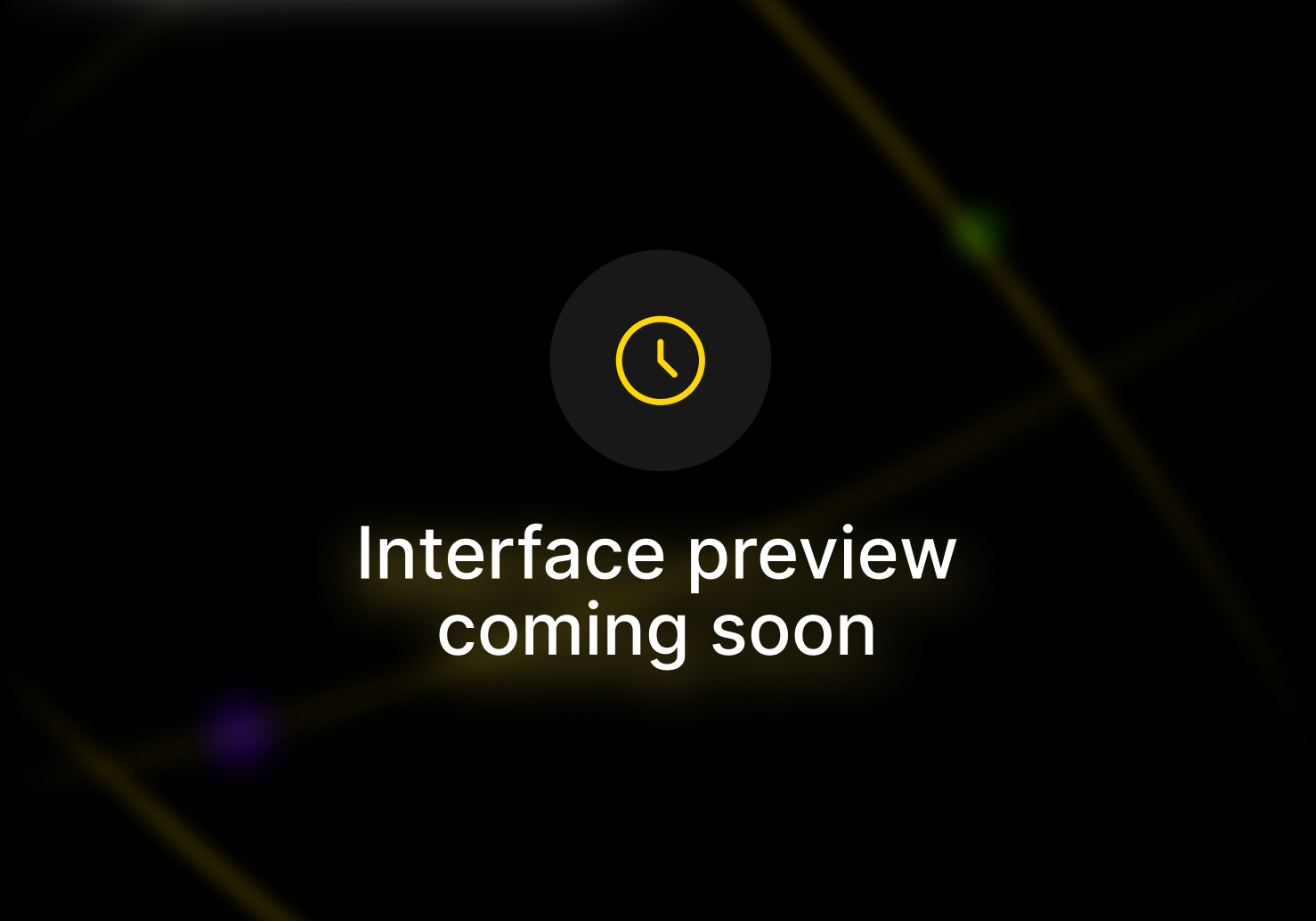
Have you ever wondered why some of your emails never reach your subscribers' inboxes?
Hint: Your domain reputation could be the reason.
Domain reputation is a measure of how trustworthy your domain is in the eyes of email service providers (ESPs) and internet service providers (ISPs).
A positive domain reputation is crucial for delivering emails and avoiding spam filters.
Many factors, ranging from authentication to engagement, affect reputation. That’s why maintaining a healthy domain reputation requires comprehensive monitoring and improvement strategies.
This article will explore how to improve domain reputation in 5 key ways. By implementing these tactics, you'll be on the path to enhancing your online presence and establishing trust with your audience.
Whether you're running a business or managing a personal brand, maintaining a strong domain reputation is essential for ensuring your emails reach their intended audience and for building long-term credibility online.
Let’s begin.
Maintaining a positive domain reputation is paramount for businesses and individuals alike. It can help establish trust, reliability, and credibility in the eyes of potential customers, partners, and employees.
It can also increase customer engagement and generate greater market share and value for companies. Here’s how you can improve domain reputation and boost your email deliverability.
1. Authenticate Your Emails
Properly authenticating your emails is a crucial step in building a positive domain reputation. Email authentication works as a stamp of authority to show email providers that messages are sent from your domain, rather than spoofed by spammers.
Authentication protocols help you establish your domain's identity and credibility with email receivers. They also help protect your domain from email spoofing and phishing, which can harm your reputation and deliverability.
The main email authentication methods are:

Source: AVASOFT
Together, these protocols authenticate your mail server and validate that emails originate from your domain.
Verifying your legitimate right to send email from your domain has a major influence on inbox placement. Without proper authentication, your domain's reputation could take a serious hit.
If ISPs label your domain as untrustworthy, legitimate emails you send could end up going to spam folders or get blocked altogether. It could hamper your email campaigns and reduce your ROI.
Consistently authenticating all your emails helps build delivery trust with ISPs and protects your sender reputation. If using an ESP, go for one like SendX. It provides email authentication for free with every plan, and encourages users to get their domains authenticated with it.
This can improve your email deliverability, open rates, and conversions. It can also reduce the risk of your emails being flagged as spam or phishing by mistake.
2. Maintain a Clean Email List
A high-quality subscriber list is essential for building domain reputation.
Emails sent to inactive or invalid addresses lead to bounces, which signal poor list hygiene. High bounce rates are a red flag for email service providers and can tarnish your domain's credibility.
Spam complaints can also severely damage your reputation. These are often the result of sending emails to uninterested parties or those who didn’t consent to receive communication. And here’s the thing: spam complaints increase if subscribers don’t recognize your emails.
So, here are some tips to help you maintain a clean email list:

Source: SendX
3. Send Relevant and Engaging Content
The value your emails provide subscribers directly influences your domain reputation.
When you craft relevant, engaging emails, it leads to higher open rates and engagement. This demonstrates you’re an authoritative sender who people want to hear from. Inbox providers recognize when users engage with and look forward to your content. It’s a positive signal that boosts your domain reputation.
Here are some tips to help you send relevant and engaging content:

Image via SendX
Sending relevant and engaging content is not only good for your domain reputation, but also for brand reputation. It helps you establish a loyal and satisfied customer base that will spread positive word-of-mouth about your business.
4. Monitor Email Engagement Metrics
One of the best ways to monitor and improve your domain reputation is to regularly track your email engagement metrics. These metrics provide invaluable insights, including how recipients interact with your emails.
Metrics like open rates, click-through rates, and conversion rates reveal the relevance, value, and trustworthiness of your emails. You can compare your rates with industry averages below to see if you’re doing well or need to up your game.
High engagement metrics signify your content resonates with subscribers. This can significantly boost your domain reputation and email deliverability.
On the other hand, low engagement metrics often signal issues with your messaging or content. If your emails fail to meet subscriber needs or expectations, they are less likely to be clicked on or opened. Low engagement harms your domain reputation, increasing the chances of being marked as spam.
While maintaining high engagement is ideal, it's also important to watch for sudden drops. Rapidly falling open or click-through rates can signal deliverability issues. This requires prompt intervention to diagnose and address the underlying causes.
Trends like declining open rates over several campaigns can point to growing relevance issues. Your subject lines may have gone stale or your content formats become too predictable. Refreshing these elements can re-engage subscribers.
5. Respond to Spam Complaints Promptly
How you handle spam complaints and unsubscribe requests plays a key role in managing your domain reputation.
Spam complaints are signals that some of your recipients aren’t happy with your emails and want to stop receiving them. If you ignore these complaints, you risk damaging your domain reputation and getting your emails blocked or filtered by ESPs.
So, how should you deal with spam complaints?
To rebuild credibility, proactively showcase positive feedback from satisfied customers. You could embed Google reviews prominently on your website or emails to demonstrate that people find your brand and content helpful rather than unwanted.
Prompt complaint resolution combined with visible, trust-building social proof indicates an active commitment to sending only relevant, desired emails. This helps remedy reputation issues before they escalate and lead to potential blacklisting of your domain.
Maintaining a positive domain reputation requires constant monitoring across key areas like authentication, list management, engagement, and feedback.
By embracing these strategies to complement responsible email marketing, you’ll boost your credibility and ensure your emails resonate with your audience.
Build a stellar reputation through relevance and trust, and your domain will be seen as a respected sender who provides value.
Ultimately, these best practices only demonstrate how to improve domain reputation. You must implement them well to ensure your emails consistently reach their intended recipients.